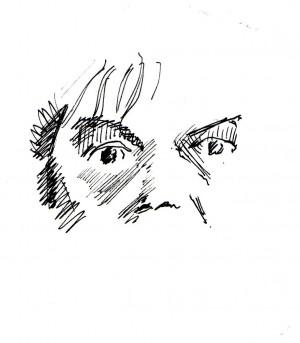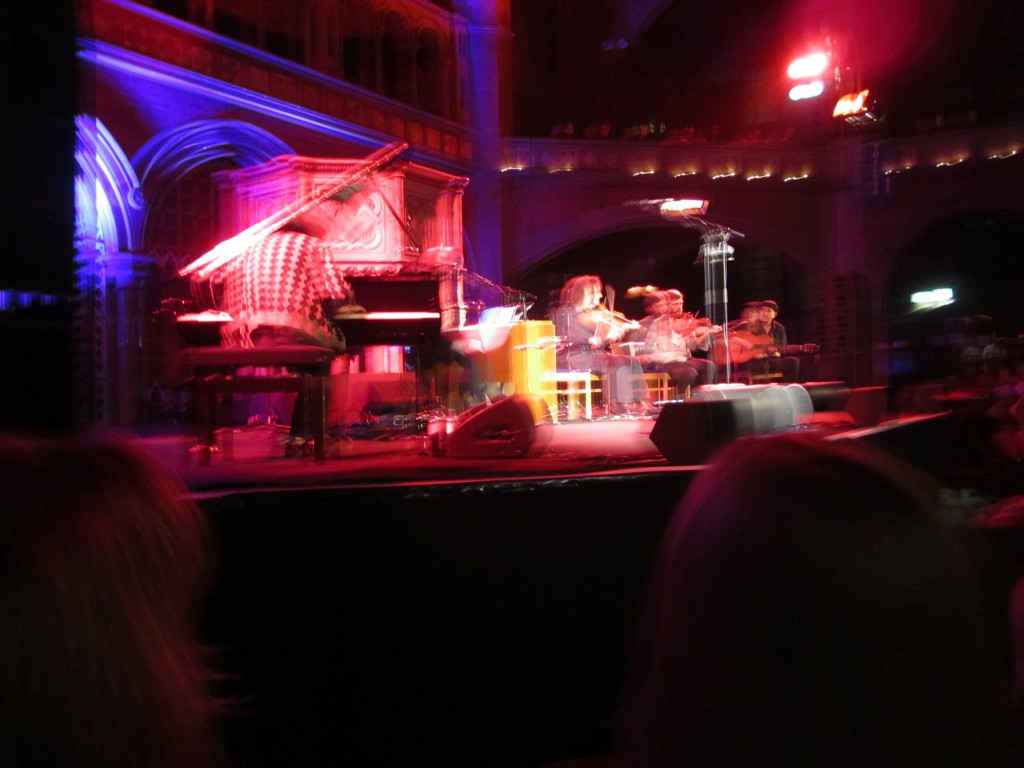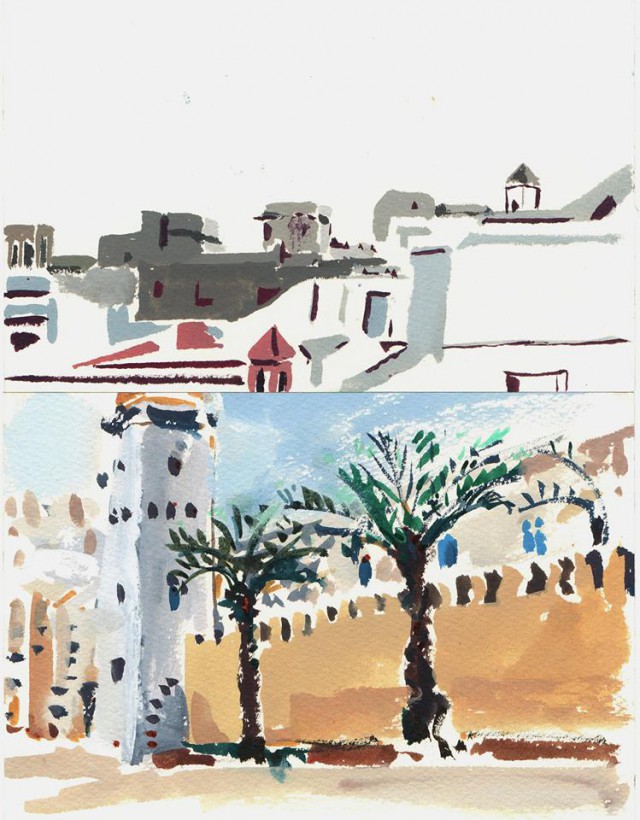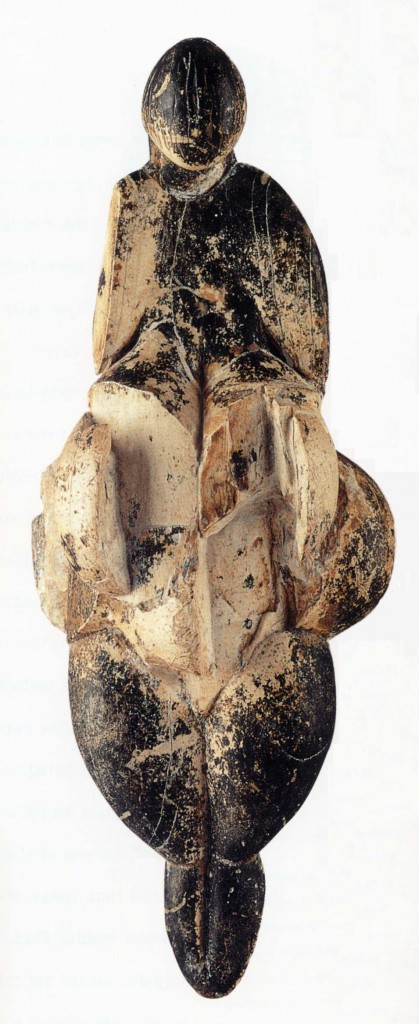A line from one of Raymond Chandler’s thrillers inspired the start of this poem, Shelley’s Ozymandias inspired the end, and time gave me the middle, worked on through the winter and spring of 2014, taking for its model Richard Seifert’s 1972 Brutalist Kings Reach Tower by Blackfriars Bridge, where I worked for a number of years at a west-facing window on the ninth floor in the Programmes Department. The soundtrack includes field recordings from Novi Sad, Posnan, Rue Git de Coeur in Paris, and Soho, and the fire was lit in a pot belly stove sometime in 2007.
Tim Cumming / The Rowley Gallery
PS: Tim is performing in Bournemouth on Friday 27th June at the Vita Nova theatre for the launch of Issue 2 of Boscombe Revolution. Tim’s film will be shown alongside live readings.









